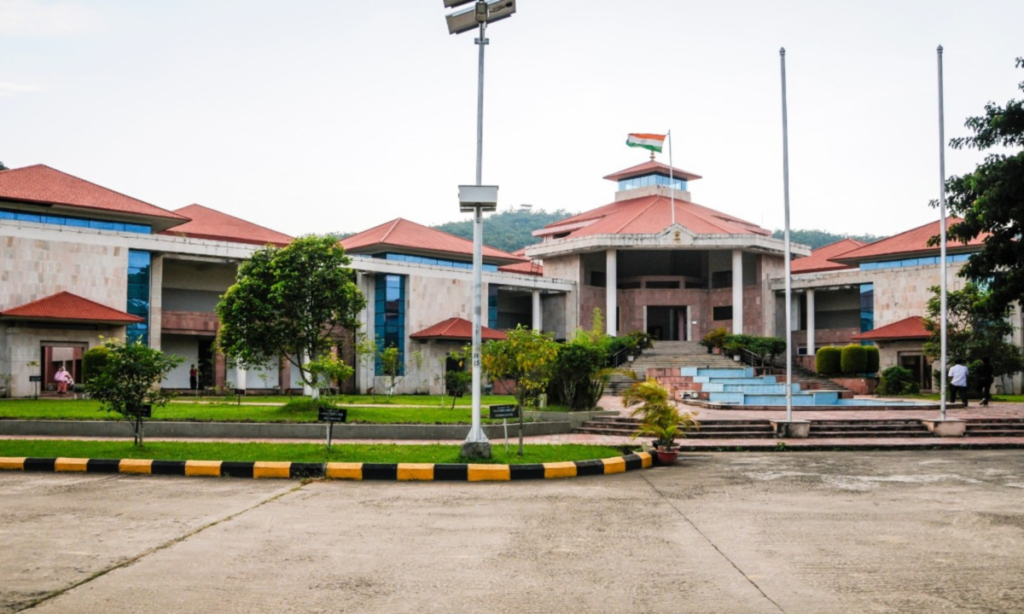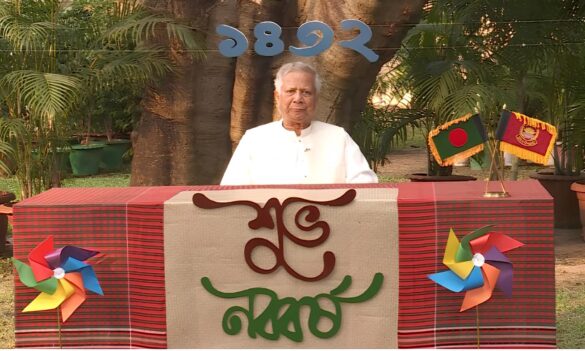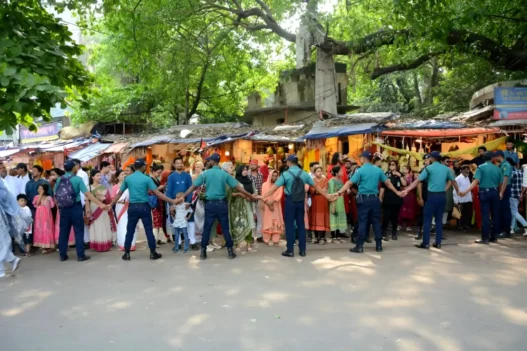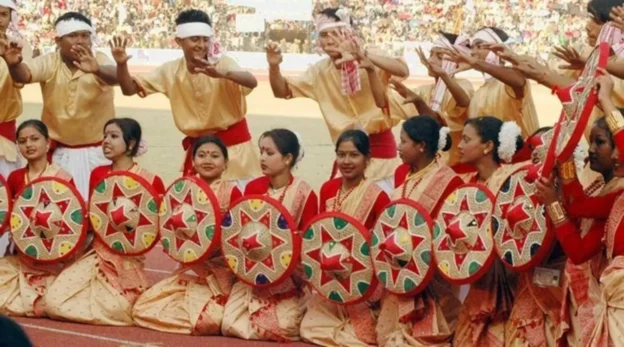The High Court of Manipur recently issued an order directing the Manipur Government to submit the ethnographic report and socio-economic characteristics of the Meitei community, followed by a recommendation to the Tribal Affairs Ministry, Government of India. The notification to the Manipur government comes in the backdrop of a delay by the latter in sending the report for almost ten years.
Representatives of the Meitei community had claimed that they were excluded from the list during the 1950s when the ST (Scheduled Tribes) list was first created under Article 342 of the Indian Constitution, despite evidence that Meiteis fulfilled the conditions for being labelled a tribe. They are also anxious that the Meiteis risk losing their own lands and culture with the rising influx of illegal immigrants from Myanmar and Bangladesh.
Moreover, they claim that their community has been reduced to a mere 44% in the 2011 census, while in 1951, they constituted about 59% of the state population. They believe this is due to the unchecked rise of immigrants into their lands. Demands for the implementation of NRC have also been rising in Manipur.
The demand for ST status for the Meitei community has recently gained momentum. However, the demand has also been met with resistance and issuance of “official” statements by student bodies and organisations belonging to different tribal communities of Manipur.
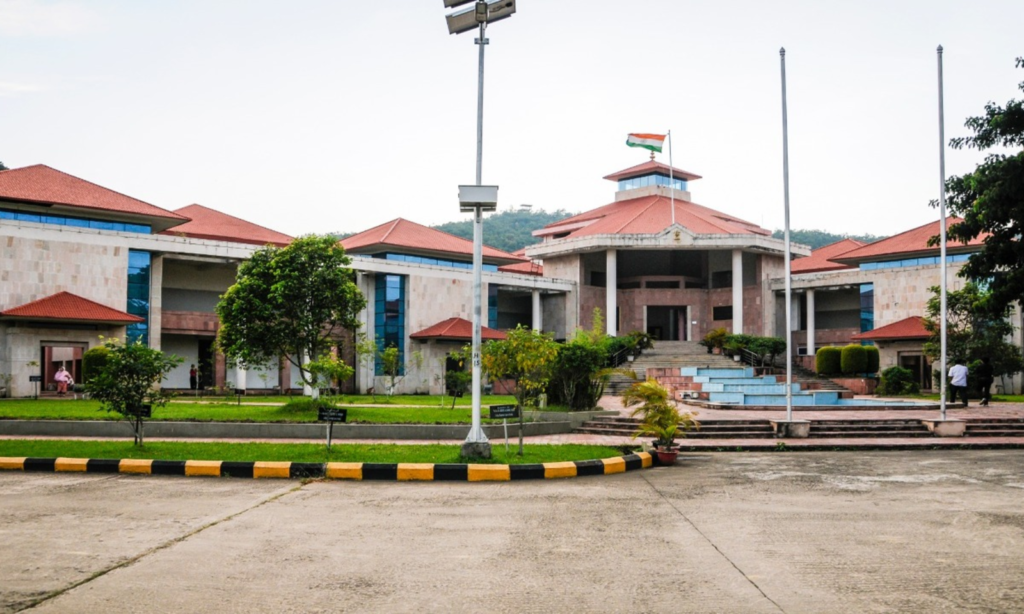
The ongoing demand for ST status for Meiteis has run into much opposition from Kuki and Naga state organisations, with the United Naga Council (UNC) and Kuki Inpi, Manipur, condemning the court direction, terming it absurd and politically disastrous for the social fabric of Manipur. ATSUM General Secretary, SN Andria, had requested the Government of Manipur to take steps cautiously to preserve harmony and peace between the hills and the valley. He also stressed the massive differences in land use between valley and hill people, who still strictly adhere to customary laws.
Other tribal organisations like the Hill Areas Committee (HAC) also lamented the fact that they were never included or consulted in the case involving ST Status for Meiteis. Moreover, tribal leaders have pointed out that some sections of the Meitei community receive constitutional protection through inclusion in the Scheduled Castes (SC) and Other Backward Classes (OBC) categories.
However, the World Meitei Council (WMC) members also pointed out that these constitutional protections won’t be sufficient to resist the immigrant communities and the resulting impact on the demography and socio-political crises.
Meanwhile, the WMC has, in a press note issued on Thursday, said that it considers the collaboration between organisations representing the indigenous Naga people and the immigrant Kuki-Chin people as a “historic event.” For the WMC to see what it termed as “indigenous” Naga groups forming an alliance with what it termed as an “immigrant,” the Kuki-Chin population was an “amusement.” It pointed out that the Naga and Kuki groups have had tense relations, with the worst conflict being the Naga-Kuki War in the 1990s, where 1157 Kukis were killed and thousands displaced.
The WMC also expressed its satisfaction with the recent Manipur High Court verdict on the progress towards including Meiteis in the ST category of the Indian Constitution. However, the organisation did not address the concerns raised by tribal groups about the potential impact on their lands and reservations in jobs and educational institutions.
The WMC called for a peaceful discussion among all parties involved to arrive at a logical conclusion. The WMC took note of the many tribal organisations putting pressure on the Manipur Government to reverse the recent High Court Order.

